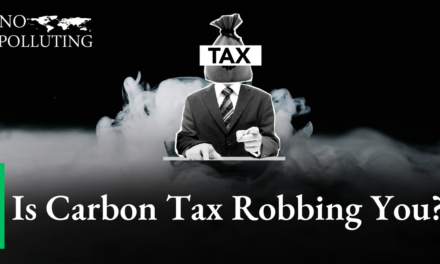Global Heating Sets the Stage for Disaster
The recent devastating wildfires in Hawaii have ignited a conversation that cannot be ignored any longer: the undeniable link between climate change and the increasing frequency and intensity of wildfires.
These blazes have left at least 80 lives lost and a historic town reduced to ashes, highlighting the urgency of addressing climate change and its implications for fire-prone regions. Scientists and experts are unanimous in their assessment: Hawaii’s wildfire crisis is a grim harbinger of what could unfold elsewhere if climate change continues to be disregarded.
Climate Change Fuels the Flames
Rising global temperatures and prolonged droughts have transformed parts of Hawaii into a tinderbox, creating the perfect conditions for wildfires to thrive.
According to Katharine Hayhoe, the chief scientist at the Nature Conservancy, the drying out of vegetation due to global heating serves as fuel for fires. While climate change may not directly spark the fires, it certainly intensifies them, making them larger and more perilous.
Hawaii wildfires death toll rises to 80, Evacuations are underway in the western area of Kaanapali. #mauifires #Hawaii #Hawaiiwildfires https://t.co/fw5DCd5LsI pic.twitter.com/b5kHpTUpMO
— Nopolluting (@nopolluting) August 12, 2023
The dry conditions plaguing nearly a fifth of Maui, the island where the wildfires have raged, can be traced back to severe drought, evident in the stark data from the US Drought Monitor.
An increase in wildfire-affected areas in Hawaii, including the proliferation of flammable non-native grasses, along with the surge in global temperatures, is an ominous sign of the influence of climate change on the scale and expansion of these fires.
Unpredictable Cyclone Effects
The wildfires’ rapid spread was further exacerbated by winds from Hurricane Dora, an unexpected twist that has scientists concerned.
This phenomenon challenges the conventional understanding of cyclone-related impacts, with the cyclone situated about 500 miles away from Maui.
Pao-Shin Chu, Hawaii’s state climatologist, admitted the surprise at Dora’s distant influence on the fires.
The situation underscores the unpredictability and complexity that climate change has injected into weather patterns.
Escalating Death Toll and Evacuations
As the death toll from these wildfires climbs to 80 and evacuations continue, the grim reality sets in.
The flames have scorched the landscape and caught residents and tourists off guard, leaving many without adequate time to evacuate safely.
Cadaver-sniffing dogs are being used to locate the deceased, with officials fearing that this disaster could become the deadliest in Hawaii’s history.
Flash Droughts and a Changing Landscape
Hawaii’s rapid transition from lush to parched is a dire consequence of flash droughts. These conditions are characterized by severe heat and dryness, which mercilessly suck moisture from the soil and vegetation, creating a vicious cycle that culminates in dangerous wildfires. This is the stark reality facing the island of Maui, where extreme weather events, driven by climate change, are redefining the landscape.
Elizabeth Pickett, co-executive director of the Hawaii Wildfire Management Organization, points to the proliferation of fire-prone invasive grass species that have overtaken lands formerly occupied by irrigated crops. These invasive grasses, when ignited, spread into native forests, threatening not only the environment but also human lives.
The Climate Change Connection
The role of climate change in this catastrophe is undeniable. Rising temperatures increase vegetation dryness, even in areas with consistent or decreasing precipitation. This drying out of plants, combined with strong winds and low humidity, creates the ideal conditions for wildfires to ignite and spread. The intensity of hurricanes, magnified by climate change, amplifies the risks of wildfires through increased wind events.
Lahaina Town on Maui is almost totally burnt to the ground. Firefighters are still trying to get the fires under control, and our first responders are in search and rescue mode. If you want to help, please do so here. Thank you. https://t.co/imol6Zr9mI
— Brian Schatz (@brianschatz) August 9, 2023
While climate change may not be directly responsible for every disaster, its fingerprints are everywhere. The interplay of factors triggered by climate change—intense hurricanes, flash droughts, invasive grasses, and extreme weather events—forms a deadly cocktail that communities are struggling to contend with. The tragedy in Hawaii serves as an alarming reminder that unless concerted efforts are made to combat climate change, wildfires like these could become a devastating reality elsewhere.
As Senator Jeff Merkley aptly puts it, “We need to take action immediately or else it will get even worse.” The urgency cannot be overstated; the wildfires in Hawaii are a wake-up call that should compel global leaders, policymakers, and communities to collaborate and address the underlying issue of climate change before more lives and ecosystems are irreparably harmed.










